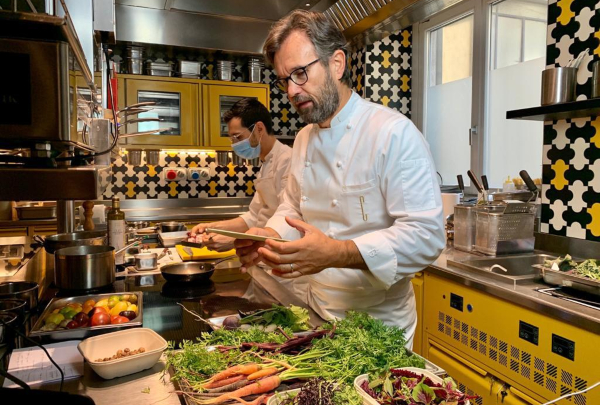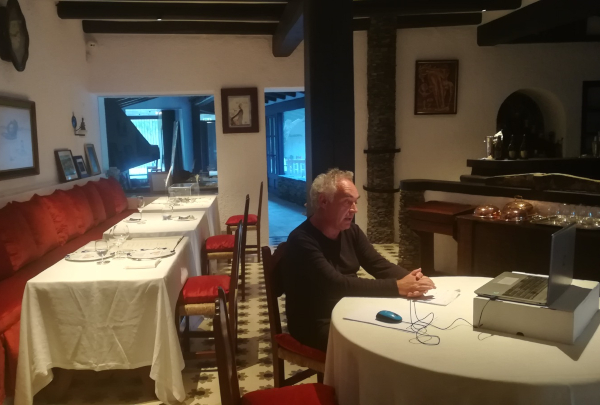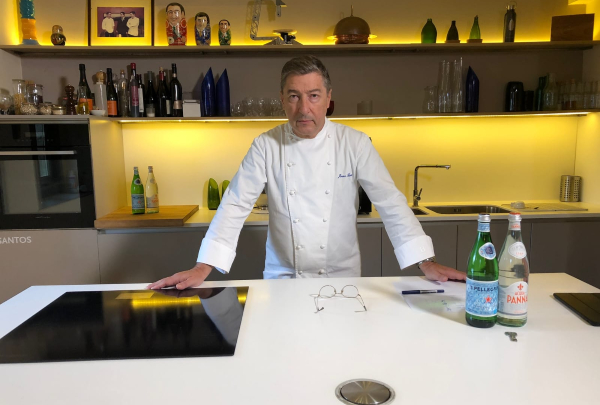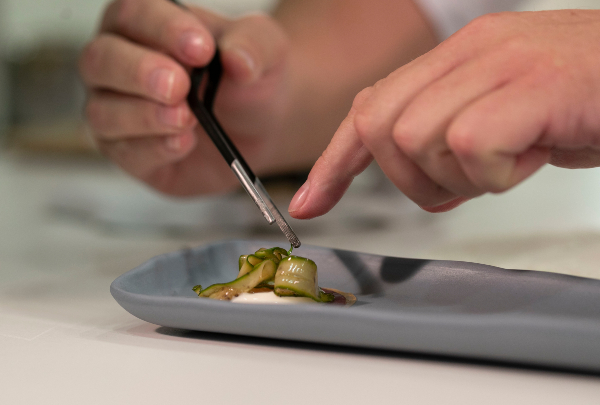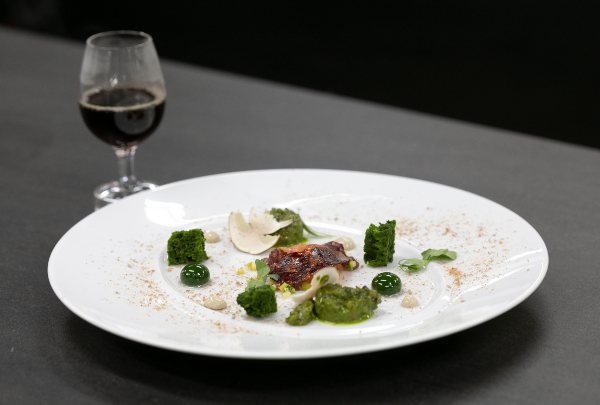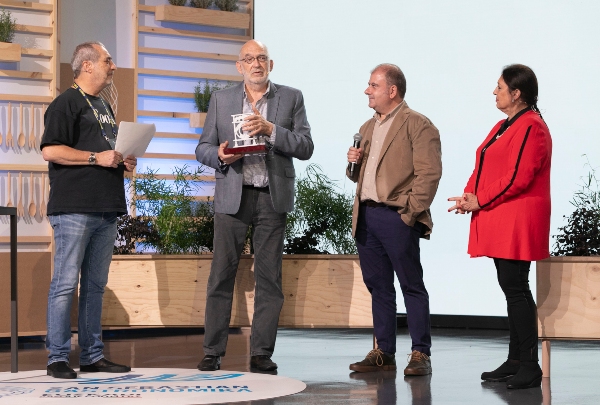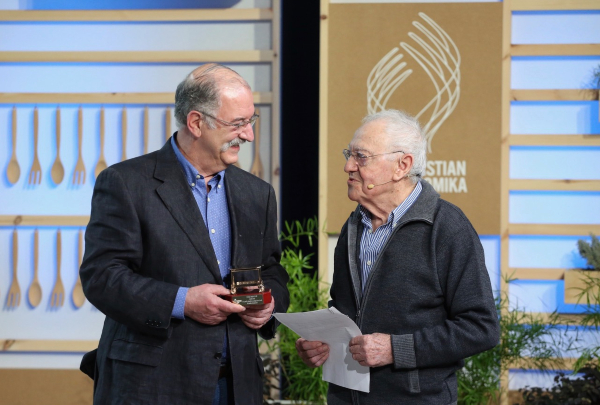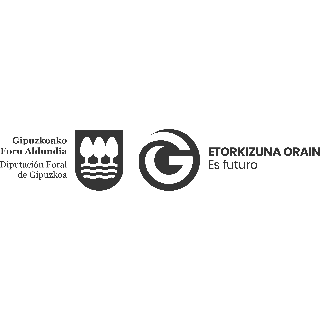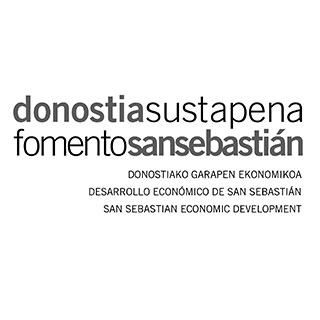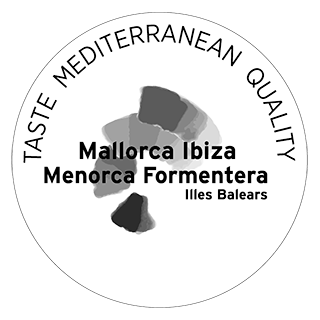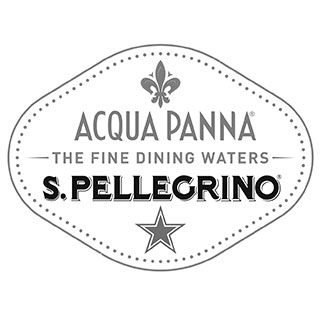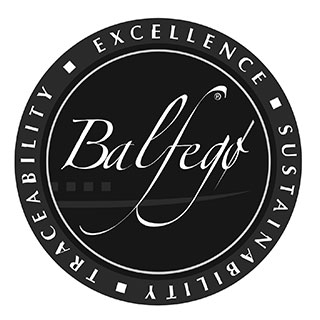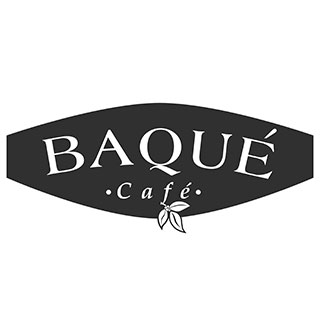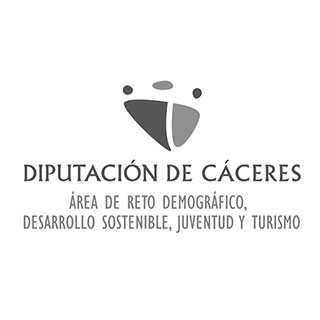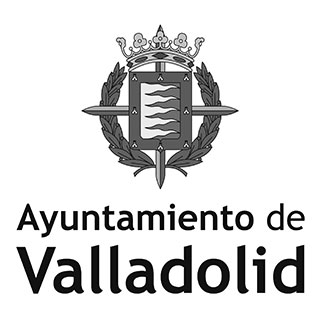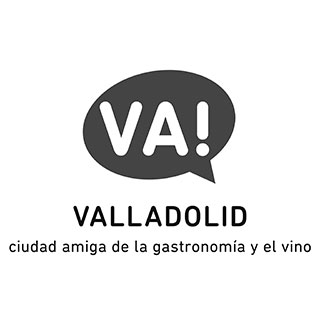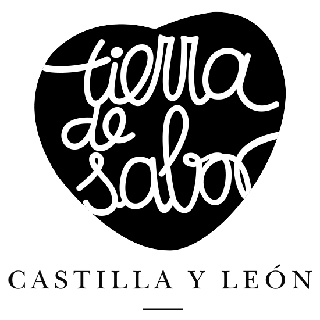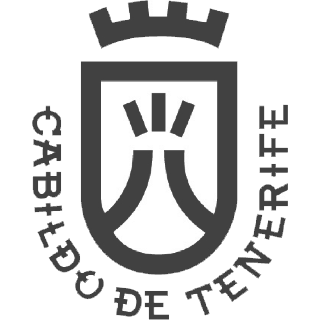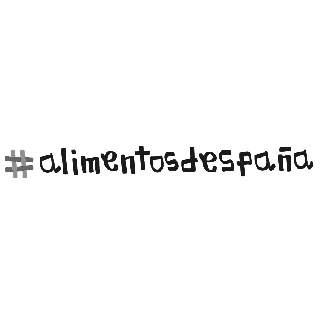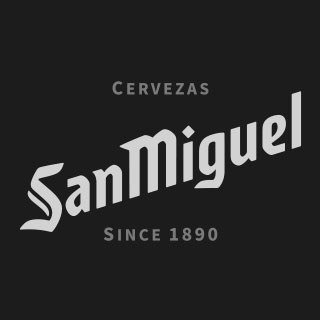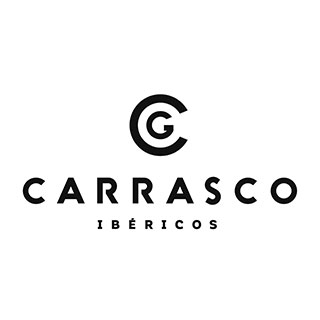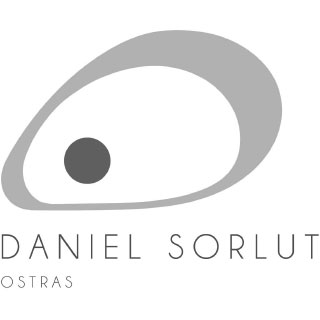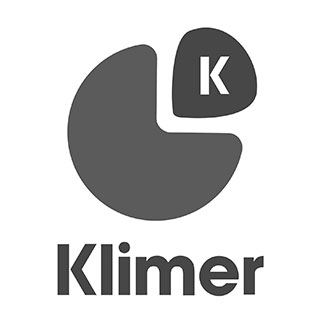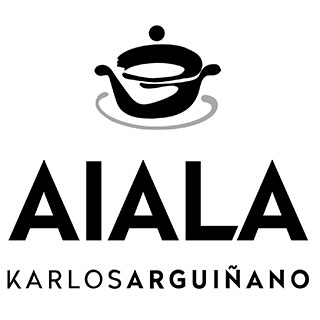News
Javier Olleros: "Nature provides all the answers”
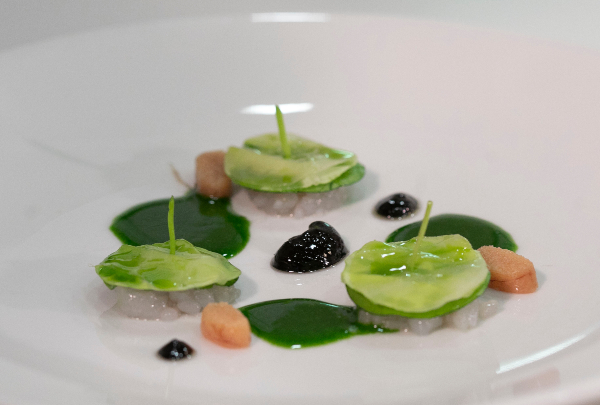
Javier Olleros took advantage of the lockdown during the pandemic to reconnect with nature.
Javier Olleros, from the Galician restaurant, Culler de Pau, took advantage of the lockdown during the pandemic to reconnect with nature, observe his surroundings and apply this in his work. Today, he shows us the result of this period of reflection in his presentation.
Just like many other chefs, Javier Olleros transformed a really difficult situation like the lockdown into an opportunity to work with his vegetable garden and surroundings, to understand their rhythm, get to know their diversity and learn more about all this. “This is not a time for complaining but for working. Reconnecting with nature, and not disconnecting from it, showing a responsibility to the landscape and knowing where produce comes from is vital for us, Olleros said.
While the lockdown lasted they considered how to make use of everything that the vegetable garden produced and to get the most out of this. “The answer lay in preservation. We studied and worked with combination techniques”, Javier pointed out. Their research led them to the world of fermentation from other countries. “Without leaving O Grove this gave us the opportunity to travel to Japan through produce, with a lot of control and from our own home”, he pointed out. And he added, “give or take some obvious differences, we can find certain similarities between how we think in Galicia and how they think in Japan”.
Another of the techniques that they used to extend the life of garden produce, apart from fermentation, was pickling. And this had even more to give them, as they designed an entire range of garums that they use instead of industrial salt to enhance the flavor of his dishes. “In nature we can find all the answers, it’s what gives us the clues for cooking”, Olleros explained.
The first dish that they prepared to show the result of this work during the lockdown was a series of three proposals inspired by Asia. The first bite was a small rice “cake” -fermented with koji and seasoned with a few drops of mackerel garum -, a small piece of fermented fish, miso, a salad of very finely cut cucumber, algae oil, a purslane leaf and grated spicy radish. The following one was a slice of toasted bread with millo corvo -a variety of maize that was very common in the past, but is currently dying out due to its low level of production and the problems of collecting it-. And finally, a drink made from cheese whey –that has given them an idea for a future project- that he added cucumber water to.
The second dish, which was also the result of the reflection process inspired by his garden, was a cabbage salad. To prepare it he used some cappuccino leaves that he added two strips of fermented cabbage and watercress oil to. These were used to cover a preparation of raw squid cut into thin strips. The proposal was rounded off with algae oil, a mushroom tapenade -whose fermentation gives it a flavour that recalls anchovies that they thought would be perfect to make a future vegetable anchovy dish -, vegetable juice and mackerel roe.
Finally, shrimp on a garlic flan set with pine oil and algae powder seasoned with leaves of three types of purslane and pine nut soup: a festival of textures.
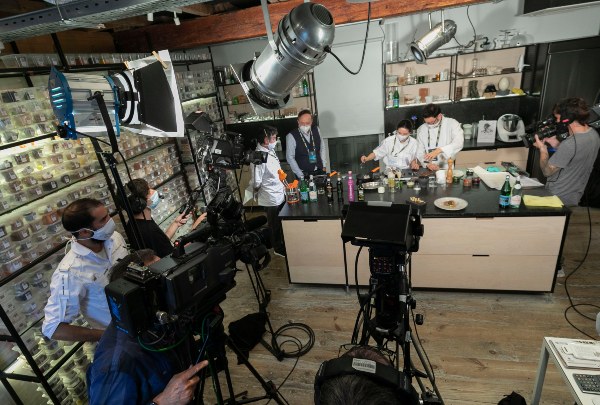
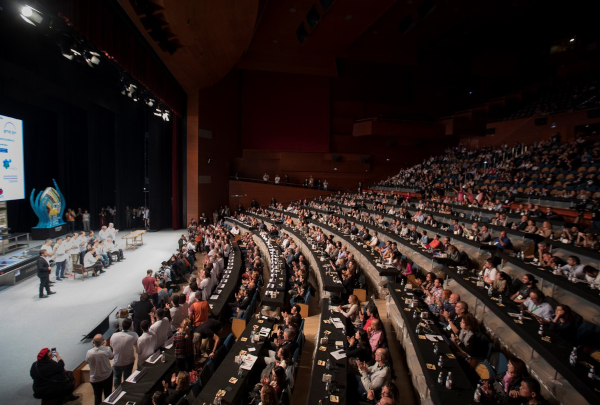
.jpg)
